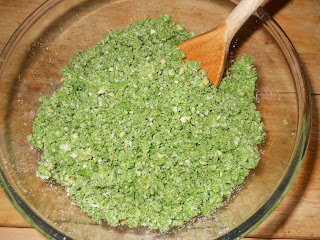Almost all the beds are now set out, although I need another 2 tonnes or so of good soil rather urgently to get the sweetcorn, dwarf beans and squash in.
Looking back over the pictures its hard to reconcile the bare waste-ground look we first had...
...with the lush greenness that is there now - well in some beds at least.
So far we've only been eating mesclun and lettuces from the greenhouse, Sunderland Kale, turnip broccoli, purple orache and pea leaves from outside. But there are plenty more plants getting bigger now and the broad beans and peas are only a few weeks away.
There are now some 26 tomato plants in the greenhouse, and various chilli and aubergine plants as well. I've got the usual Sungold F1 variety that I've grown for the last few year growing round the edges in grownbags with the aubergines and chillis in pots in front of them. In the middle of the greenhouse I've put large potato growsacks with up to 5 tomatoes in each.
The tomatoes in potato grow sacks in the middle have almost 10 foot above them and rather than stake some of them as I would normally do I've coiled twine up in the eaves and am allowing it to hang down then winding the tomatoes around that. the theory is that once the tomatoes are growing up in the eaves of the greenhouse, the lower parts of their stems will have finished fruiting, so the coiled string is let out a bit at a time, slowly lowering the plant a bit at a time allowing them to continue to grow upwards. In theory at the end of the season the tomato plant should be much taller than the height of the greenhouse, but much of its growth will be coiled at ground level. That's the theory.
The aim with all these tomato plants is to can/bottle/freeze vast quantities so that we are relatively self sufficient in tomatoes through the winter. Of course producing that amount of tomatoes requires serious amounts of water.
We moved here with 4 water butts - about 700 -800 litres capacity in total. We also acquired two metal water storers that were already plumbed into the greenhouse - so about another 500 litres capacity there. However moving in February meant emptying the water butts at the old house of all the water I had carefully stored and it was actually quite dry for significant periods of the spring and I refuse to pay for water to water the plants when its coming down for free and just needs collecting. I started getting worried a few weeks ago when all the butts were rapidly emptying from the little I had managed to collect and the weather was beginning to warm up - and once the first really good downpour got going, rushed out and bought a further 3 butts (~600 litres).
I then amused the family, and the neighbours no doubt, by rushing around between the various water butts ensuring that water from the two butts filling rapidly from the house drainpipes was transferred down to the water butts at the bottom of the garden where it was most needed - most of this was down with hosepipe and gravity, but I also moved about 300 litres with watering cans and got very wet in the process. What is scary is how fast the butts are emptying now the plants are really getting growing and with the hot sun we've had recently. I'm certainly water obsessed and spend far too much time planning how I'll get the most water possible down the garden into the butts down there once we have the next heavy downpour.






